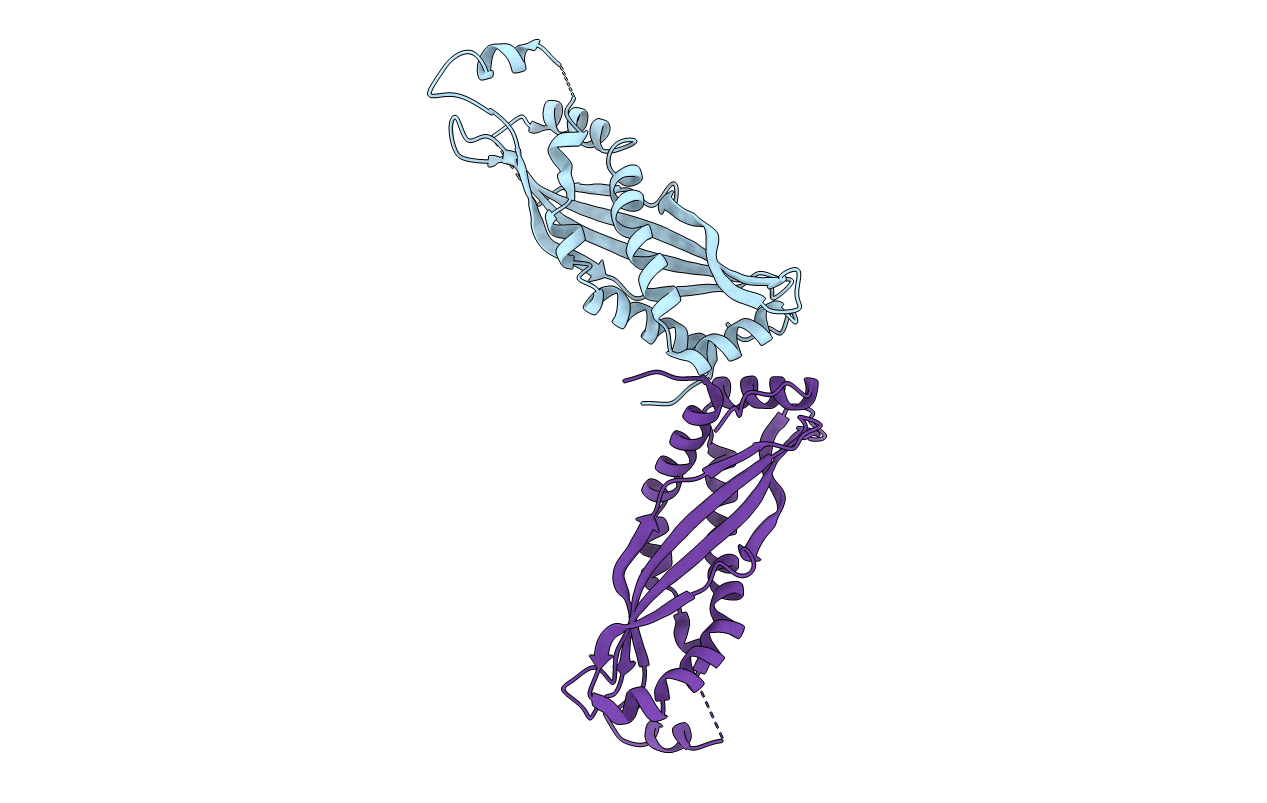
Deposition Date
2016-02-17
Release Date
2016-05-18
Last Version Date
2024-11-13
Entry Detail
PDB ID:
5I7J
Keywords:
Title:
Crystal Structure of Human SPLUNC1 Disulfide Mutant M3 (I76C, V214C)
Biological Source:
Source Organism:
Homo sapiens (Taxon ID: 9606)
Host Organism:
Method Details:
Experimental Method:
Resolution:
2.54 Å
R-Value Free:
0.26
R-Value Work:
0.19
R-Value Observed:
0.20
Space Group:
C 2 2 21


